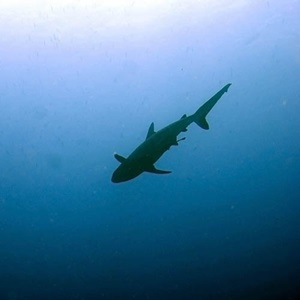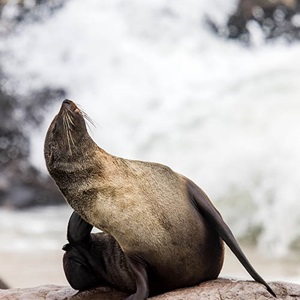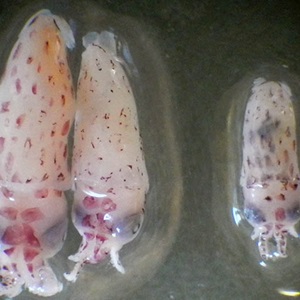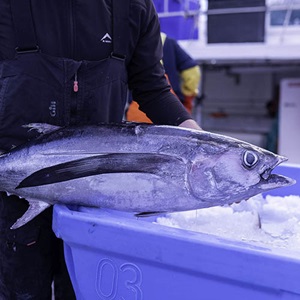By evaluating handling and release techniques of accidental shark and ray bycatch, purse seine tuna fisheries in the Western and Central Pacific Ocean aim to reduce their impacts on these endangered, threatened and protected species.
- Evaluate post-release survival rates for sharks and rays
- Collect and analyse data to estimate post-release mortality
- On board training of fishers to optimise tag and release techniques and data collection
Start date: May 2025
£49,940.10
Science and Research Fund
Awardee
International Seafood Sustainability Foundation (ISSF)
Fisheries
Tri Marine western and central Pacific skipjack, yellowfin and bigeye tuna fishery and PNG Fishing Industry Association’s purse seine skipjack, yellowfin and bigeye tuna fishery
Tuna fishery interactions with sharks and rays
The fleets of Papua New Guinea Fisheries Industry Association (PNG FIA) and Tri Marine represent a significant segment of purse seine operations in the Western and Central Pacific Ocean (WCPO).Fishing operations can interact with several non-target species, including silky sharks (Carcharhinus falciformis), oceanic whitetip sharks (Carcharhinus longimanus), and mobula rays. Incidental captures are of great concern due to the ecological importance of such key predatory species in marine ecosystems. Sharks and rays are also of cultural and economic significance in the region.
Tri Marine and PNG FIA are certified to the MSC Fisheries Standard. As a condition of their certification, they must provide evidence that they are minimising their impacts to endangered, threatened and protected (ETP) species. The fisheries have adopted and enhanced bycatch mitigation devices but need to provide evidence on the post-release survival of shark and ray bycatch.
To retain their sustainability certification and meet regional fisheries management organisation regulations the fisheries are now involved in a project, designed and managed by the International Seafood Sustainability Foundation (ISSF). It is this project that has been selected for a Science and Research Fund grant from the MSC Ocean Stewardship Fund.

Dr. Hilario Murua, Senior Scientist International Seafood Sustainability Foundation (ISSF)
What the project will do
The project will evaluate post-release survival rates for sharks and rays when handling and release best practices are used, through tagging with satellite transmitting tags.
A cruise with a scientist on board, as well as fishers
trained under the project, will gather data and tag released sharks. A total of 30 sharks and mobula rays will be tagged.
Additional data - such as stress indices, release methods, and operational and environmental factors - will be analysed to estimate post-release mortality. Results will inform improved handling guidelines that can be applicable to other fisheries in the region and around the globe.
“This funding will help ISSF better identify ways for tuna fleets to prevent the unintentional catch of silky sharks, oceanic whitetip sharks, and manta rays. Collaborating with fishers, we will be able to co-develop solutions to increase the survival of these formidable species when returned to the water. The research insights from this study could have a significant, positive conservation impact for threatened shark and ray populations.”
International Seafood Sustainability Foundation (ISSF)
Related projects

Tropical tuna purse seine: Improving shark bycatch assessment

Namibia hake: Targeted Acoustic Startle Technology

California market squid: Understanding populations

